It’s already been said many times in our blogs that how important and efficient email marketing is and why everyone should focus on it. What’s not been said is the importance of email marketing for companies who can use email marketing in a non-intrusive way to build a long-term relationship with their audience.
Let’s now see why companies should be using newsletters as a way to leverage email marketing without being intrusive, and we’ll learn this by seeing examples aswell.
Benefits of newsletter
Newsletters play a significant role in various aspects, and it’s a no-brainer for companies to have one running. Let’s go through some of the benefits and importance.
Builds connection: One of the key benefits of having a newsletter as a business is that it’s one of the easiest ways to build 1:1 connection with your customers. A newsletter is not a typical marketing email which has the goal of selling anything, and this makes it easier for your customers to connect and understand your brand while reading your content regularly.
Indirect marketing: While a newsletter may not directly promote or try to sell something, it’s a great way of telling your customers about new features or offerings and that might excite them to make an upgrade or purchase.
Efficient messaging: Most companies use their blog and social media to announce new features and updates, while that’s a good thing to do, but there are chances that your customers aren’t following you on either of them. Sending an email directly to their inbox increases your chances of letting them know about the changes.
Example of companies using newsletters
Though most companies are missing out on leveraging newsletters for their growth, but some do and have been quite successful with the same. Here are a few examples of how some companies use newsletters and what they talk about.
Formsort
Formsort is a popular form building tool that also happens to have an active newsletter. They typically use it to share monthly product updates, recent blog posts/case studies, and a way to collect customer feedback.
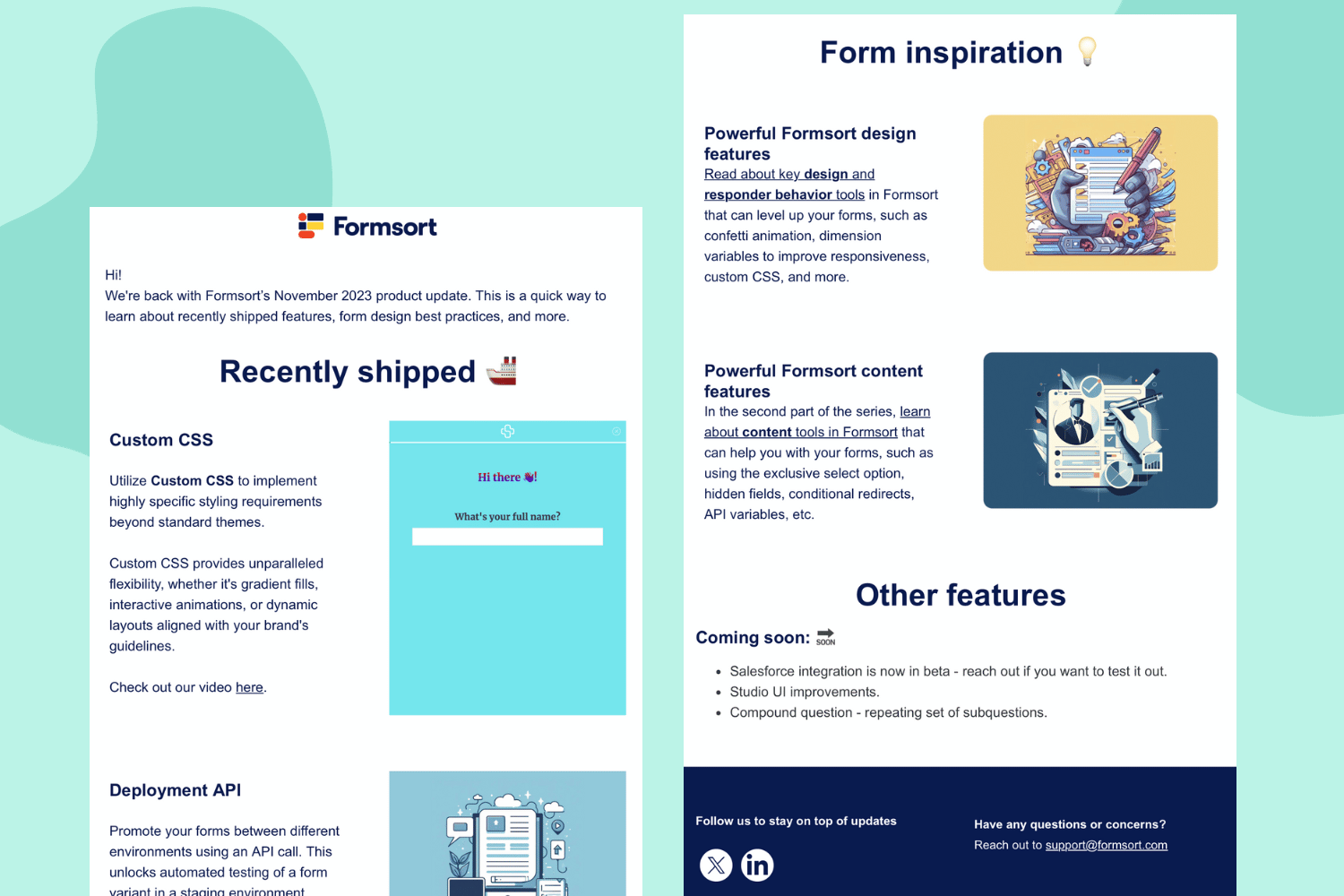
Feel free to read more about them in our past customer feature.
Paddle
Paddle is a payment processing tool that’s been used by various SaaS companies, and they run multiple newsletters based on their customers interests. One of them is called “Paddle Studios” which consists of videos and podcasts covering topics that are relevant to founders. These are then delivered using an email newsletters to their subscribers.
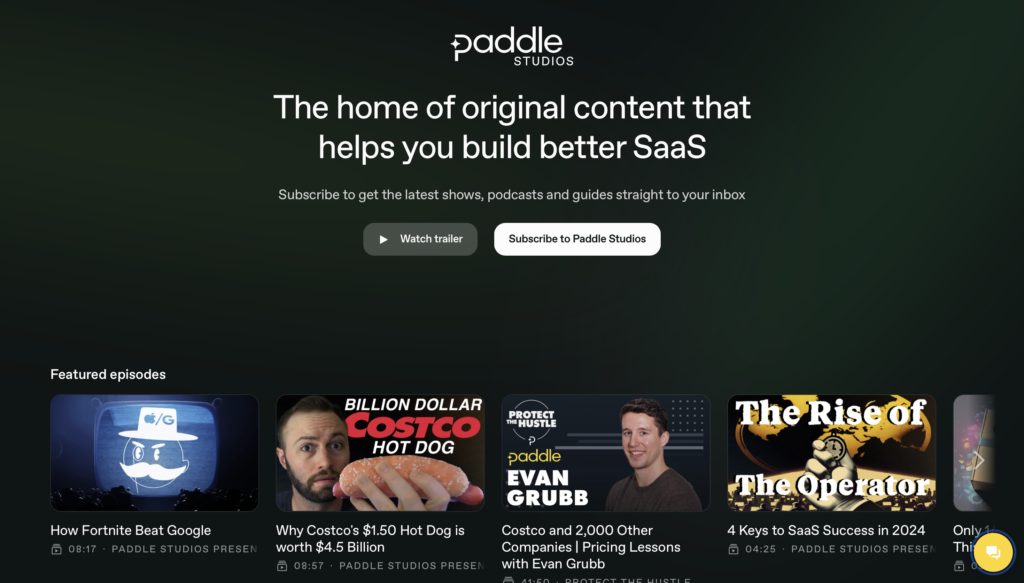
Chartmogul
Just like Paddle, Chartmogul also runs a similar newsletter called “SaaS Roundup” where they share various SaaS resources by aggregating the best contents over the web. As this approach only distributes the best content they were able to find, it is less time-consuming.
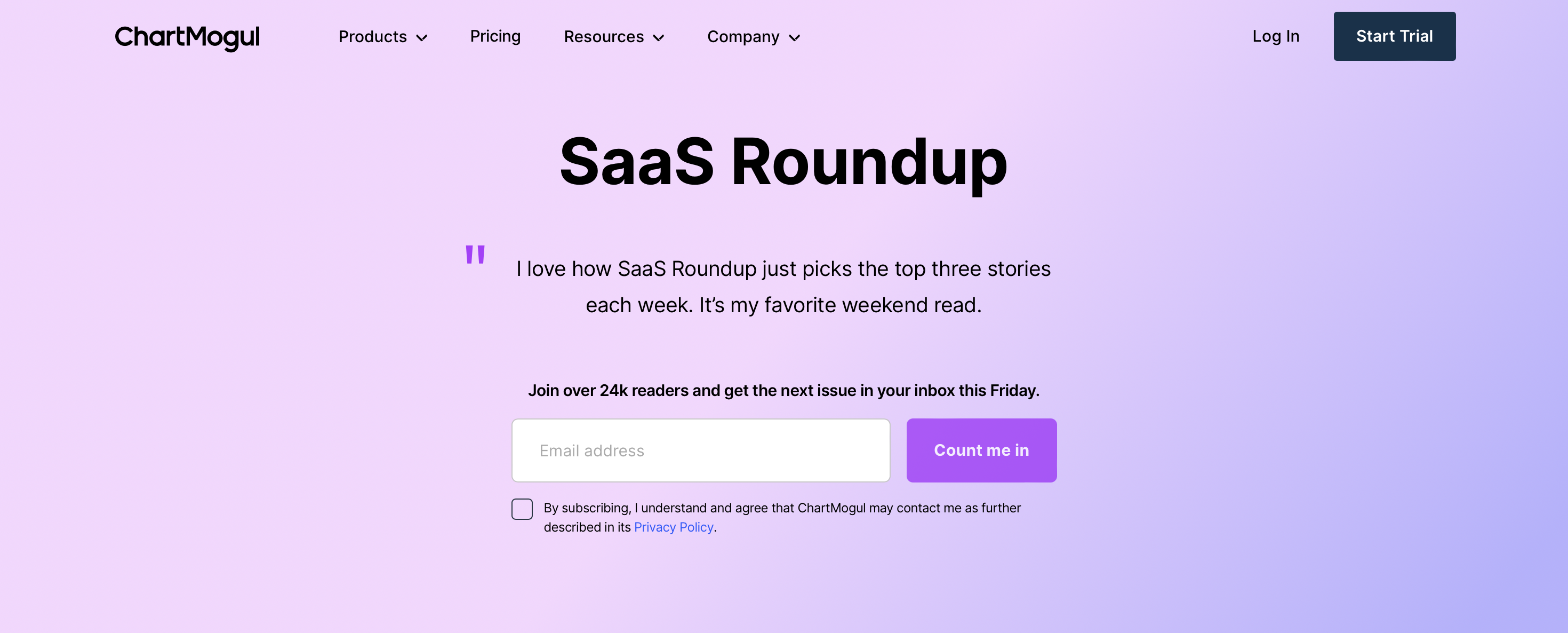
Glitch
Glitch is a community-based coding tool for developers who also send regular newsletters. Each newsletter has interesting topics that their subscribers will enjoy reading. Also, their email tends to have fun elements in the form of images with adds to the charm.
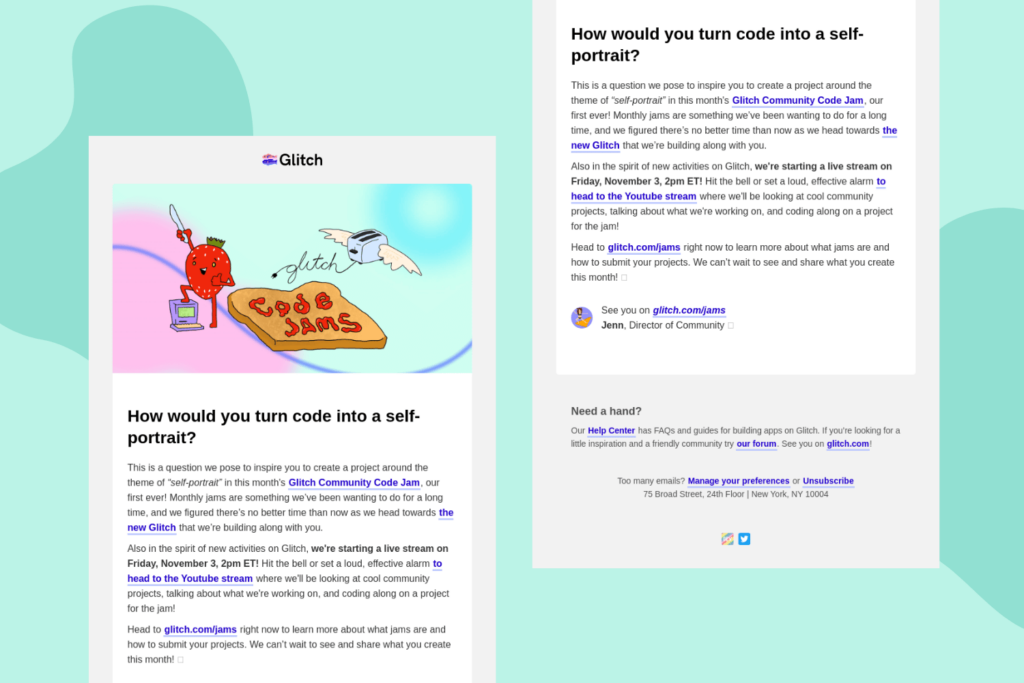
How you can start with a newsletter
Starting a newsletter is no rocket science, and anyone can do this. You just need some spare time, content ideas and a tool to send the newsletter. Let’s go through the steps one by one.
Choose a tool: The first decision that one needs to take before sending or creating a newsletter is to choose a right tool to send it. Your choice should be based on your personal needs but look forward to ease of use, affordable pricing and a helpful support. If you are confused among multiple email marketing tools, then you should have a look at EmailOctopuswhich checks all the pointers mentioned and is also free for upto 2,500 subs.
Plan out your content: Next, you need to plan out your content by deciding what things you should be sharing with your customers. You can start by sharing product updates along with blogs, which can be repurposed as a newsletter.
Schedule and send: Once the above steps are done, you simply need to schedule your email so that the email reaches your audience at the right time. We wrote about this topic in detail sometime back, do have a look to get a detailed understanding. To summarise, send your emails when you think your customers are available and more likely to engage with your email newsletter.
Content ideas for newsletter
There are endless possibilities when it comes down to what you want to share in your newsletter. Below are some common content ideas that you can include.
Blogs: The first and most common thing to share over your newsletter can be a new or past blog that you’ve published. You can either convert the blog into a newsletter or just share the link along with a short summary.
Social Posts: Your social content like your tweets and LinkedIn posts can also be easily converted into newsletter content. You can either share them as an image or text snippet.
Case studies: If you have done any recent case studies that have content which you feel can be helpful to your subscribers, then sharing it over the newsletter is a great way to leverage non-intrusive marketing.
Do and don’t
- Newsletters aren’t sales email, so focus more on organic connection
- Be regular with your email newsletters in order to build a relationship
- Make your email design accessible and copy easy to read
- Try to share content that adds value to your customers lives
Conclusion
In conclusion, newsletters are a valuable tool for companies should leverage as a non-intrusive way to build long-term relationships with their audience. Also, starting a newsletter is simple. Sign up for EmailOctopus, upload your contact list, plan your content, and hit the send button to get started.

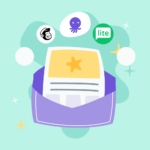
No Comments
Leave a comment Cancel